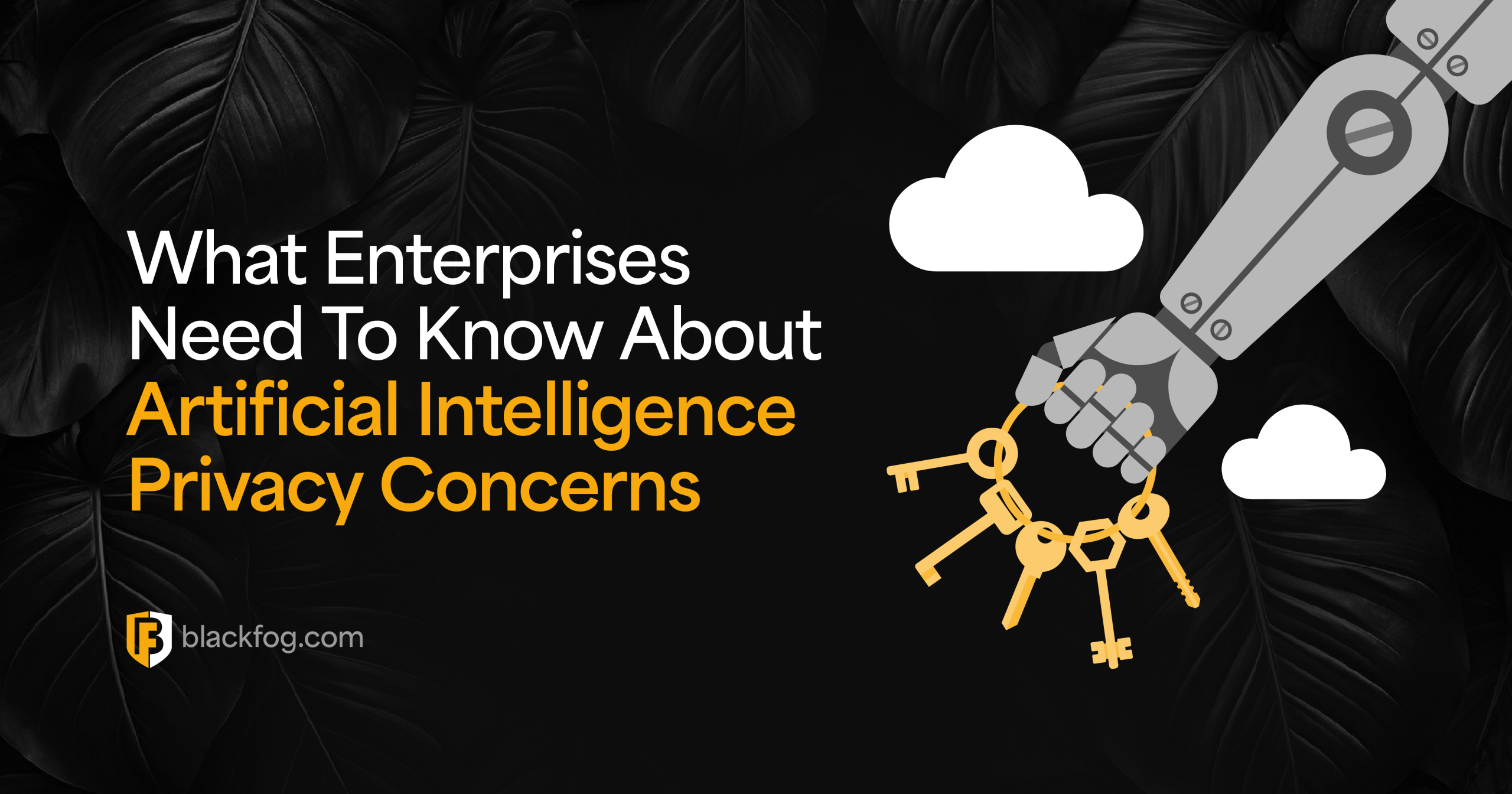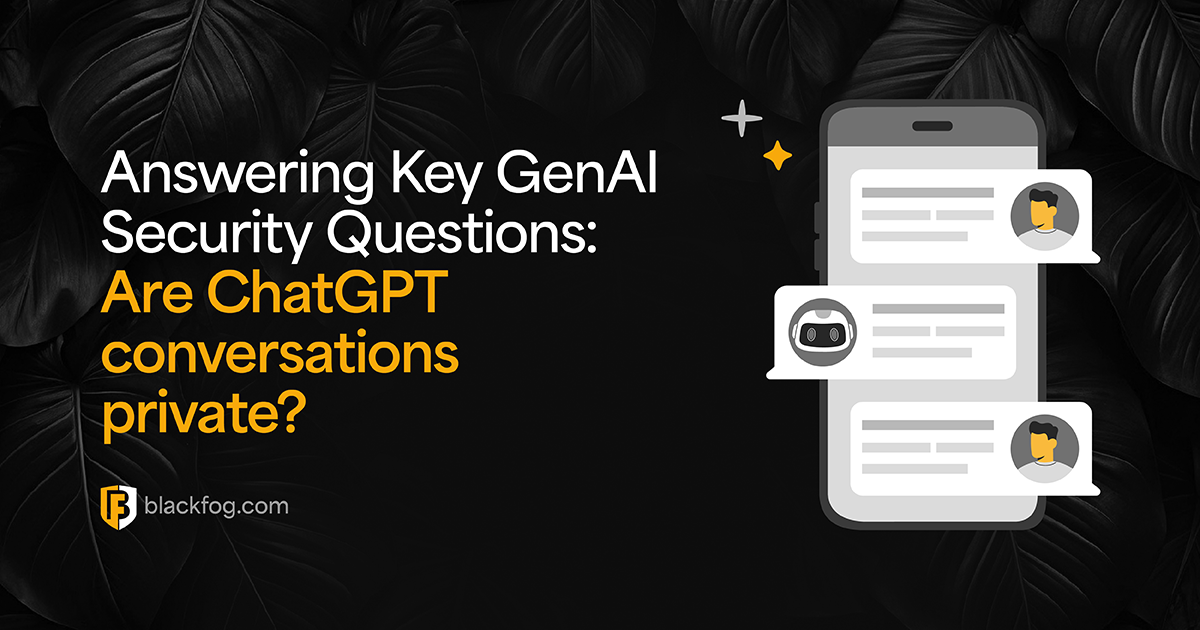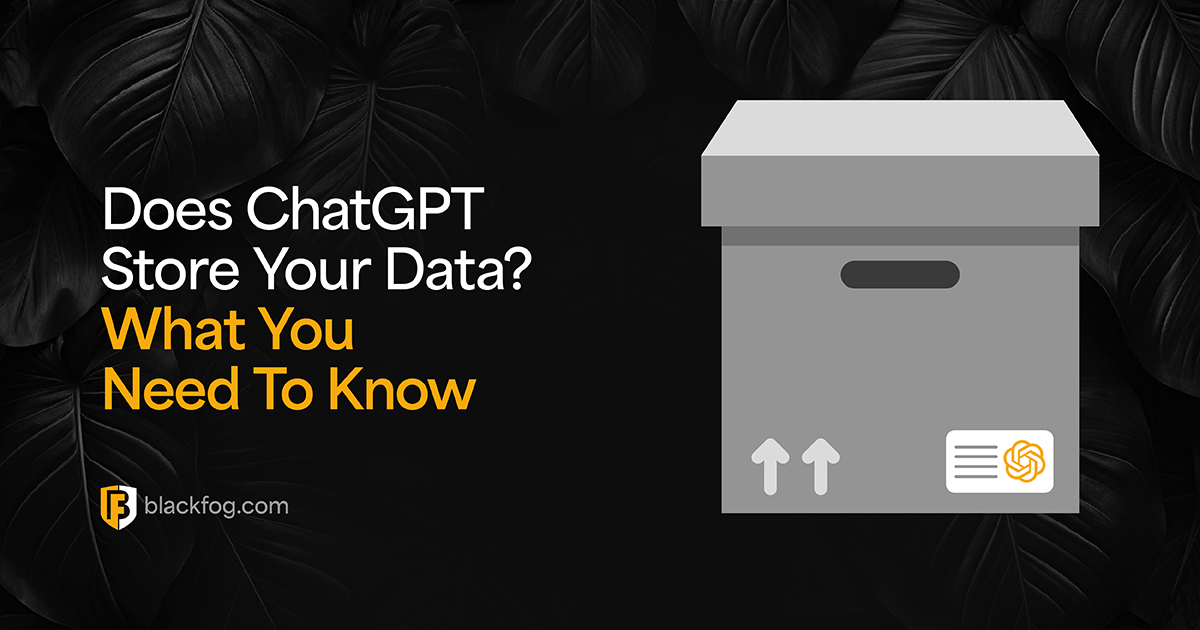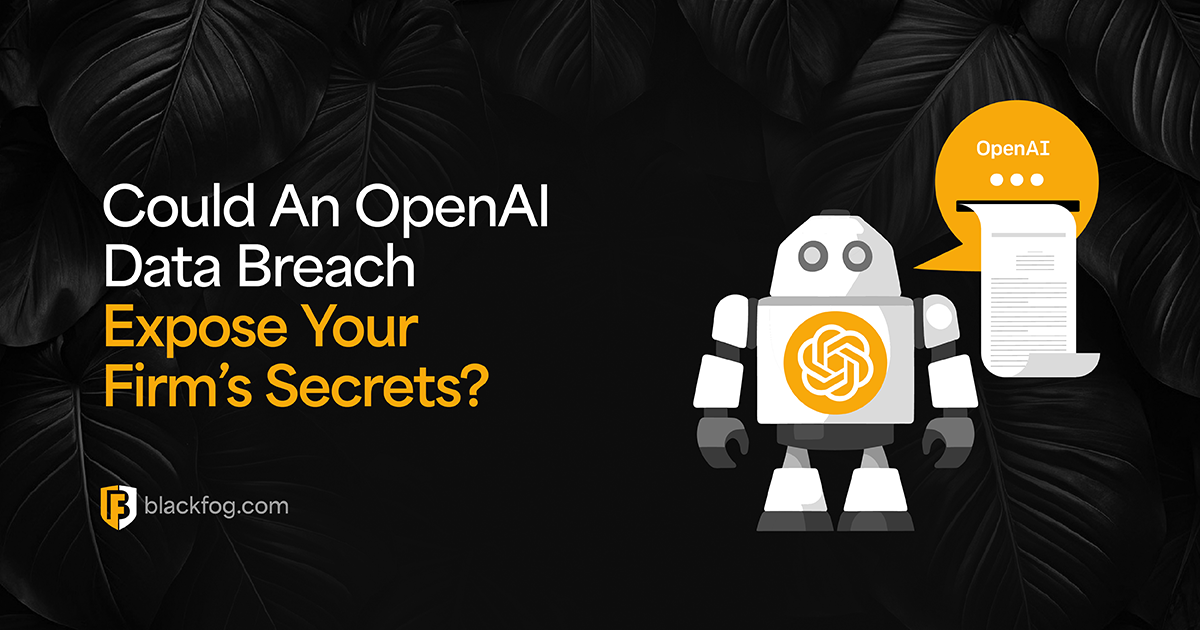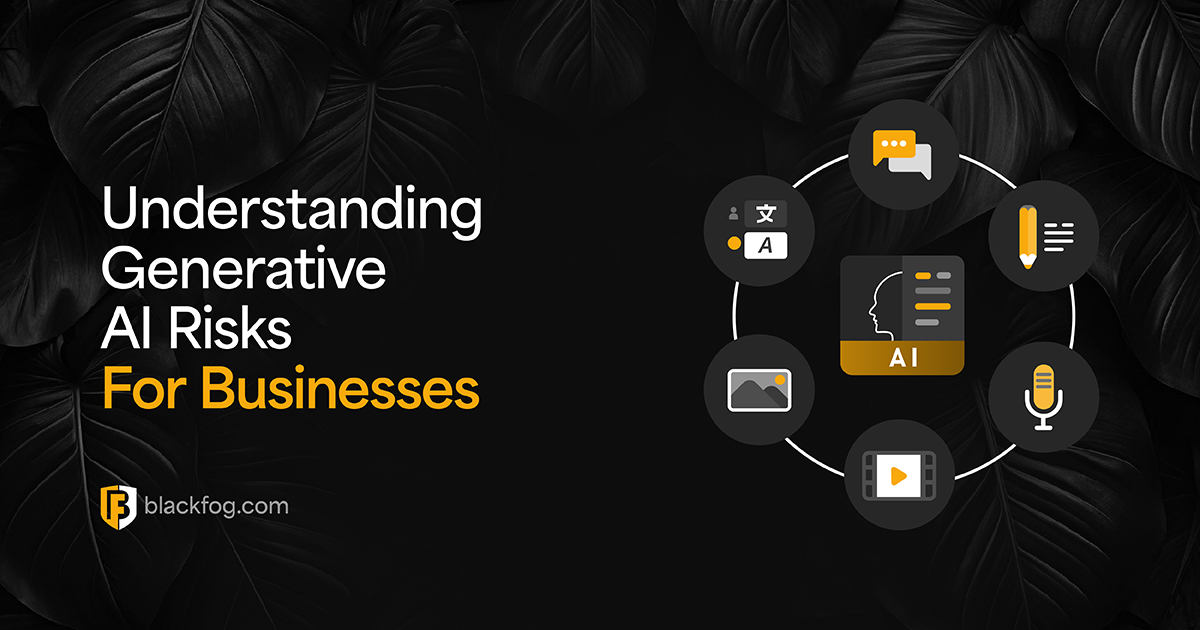
How Machine Learning is Vital in Successful Data Exfiltration Detection
One of the biggest cyberthreats currently facing businesses of all sizes is data exfiltration. The theft of valuable business or personal information from systems can have a wide range of consequences. Most notably, it can be used as leverage in a ransomware demand, but it may also lead to trade secrets or intellectual property ending up in the hands of competitors, or fraudsters being able to use the personal and financial data of customers or employees.
We’ve seen numerous times this year the damage that ransomware and other data exfiltration threats can pose. For instance, the BlackCat hacking group targeted familiar names such as Five Guys, Ring and Western Digital, while healthcare organizations, local governments and even the US Marshals all came under attack from hackers aiming to steal sensitive information.
As such, the ability to spot and block data exfiltration before it happens is critical. But in order to make this a success, you need the right tools, such as advanced anti data exfiltration (ADX) software that can utilize the power of machine learning to protect your business.
Why does Data Exfiltration Detection Matter?

Almost nine out of ten ransomware attacks (89 percent) now involve data exfiltration. The ability to detect this is therefore a critical last line of defense to protect you from a data breach. Even the most advanced perimeter defenses, such as firewalls and anti-malware tools, can’t guarantee 100 percent protection from infiltration, while human errors such as falling for phishing scams can allow criminals to easily bypass these defenses.
Once inside a network, it’s often very easy for hackers to move around undetected, and in many cases they can go undiscovered for weeks or even months while they look for the most valuable data and quietly exfiltrate this.
However, they won’t be able to use the data until they can extract it. With the right data exfiltration detection tools, you can spot these activities the instant they happen and automatically shut them down. This means hackers won’t be able to execute the second phase of their plans – whether this is sending a ransom or selling data to the highest bidder, ensuring that even if a criminal does break into your network, you can minimize the damage and prevent a successful cyberattack.
Why you Need an Endpoint Solution
Data exfiltration detection solutions work by analyzing every packet of data leaving your network for suspicious behavior. However, they only do this effectively if they are able to perform this quickly in order to prevent disruption and do it across the entire network. This means you need solutions that can be deployed across every endpoint within your network, including any mobile devices used by employees.
A lightweight solution ensures that all the analytics take place at the device level. This is opposed to more traditional data loss prevention tools that may take a more centralized approach and require major investments in time and financial resources to maintain.
Endpoint solutions, on the other hand, are lightweight, unobtrusive and do not break the security chain. This makes them a much more agile, accessible solution, which is especially important in an environment where trends like hybrid working and bring your own device have extended the network perimeter.
The Benefits of Advanced ADX Technology
Another key benefit of advanced endpoint ADX tools is how it uses machine learning technology to analyze traffic leaving the network. This means that unlike legacy defenses, they take a behavioral approach to protecting your sensitive information.
Whereas a traditional solution might compare outgoing traffic to a database of known attack patterns and signatures, ADX tools look beyond the data to study what’s going on in greater depth. Cybercriminals and malware act differently to normal, legitimate data transfers, so analyzing behavior – which accounts are involved, what they do and when they do it – makes it much easier to spot anything unusual.
As machine learning tools build up a wider picture of the individual organization’s activities, even minor deviations from the norm can be investigated and blocked with minimal risk of false positives disrupting genuine users.
Because these tools don’t rely on databases of known threats, you always have the upper hand over cybercriminals, even if they’re using zero-day vulnerabilities or fileless attacks. In a world where hackers are constantly evolving their attacks, advanced ADX is an essential tool in your kit to prevent data breaches.
Learn more about how BlackFog protects enterprises from the threats posed by data exfiltration.
Share This Story, Choose Your Platform!
Related Posts
What Enterprises Need To Know About Artificial Intelligence Privacy Concerns
The use of generative AI in the workplace gives rise to a range of Artificial Intelligence privacy concerns. What do cybersecurity leaders need to know when adopting these tools?
Answering Key GenAI Security Questions: Are ChatGPT Conversations Private?
Do you know how private your ChatGPT conversations really are? Here's what cybersecurity pros and IT admins should know about the tool.
Does ChatGPT Store Your Data? What Every Business Needs To Know
Understanding how tools like ChatGPT store your data is critical for the secure use of GenAI - here's what to know.
Why Enterprise ChatGPT Isn’t A Silver Bullet For AI Security
What cybersecurity considerations should businesses take into account if they plan to adopt Enterprise ChatGPT as a generative AI tool?
Could An OpenAI Data Breach Expose Your Firm’s Secrets?
Have you considered what damage an OpenAI data breach could potentially do to your business?
Understanding Generative AI Risks For Businesses
What generative AI risks will businesses need to be mindful of in the coming year to prevent issues such as data leakage, inaccurate results or compliance challenges?

